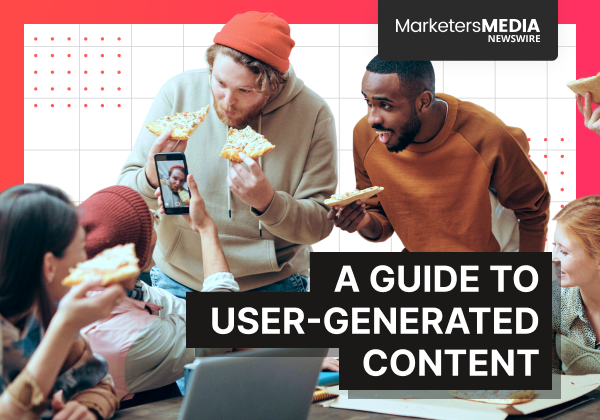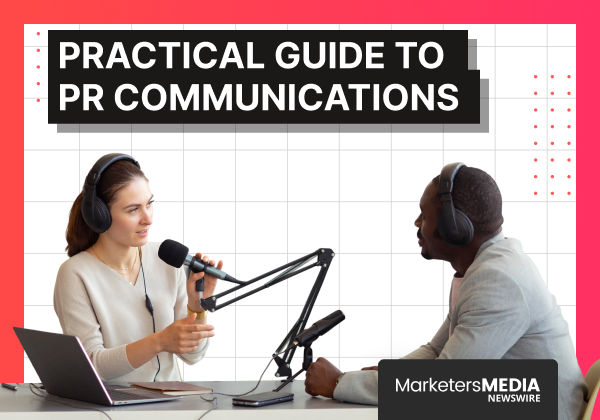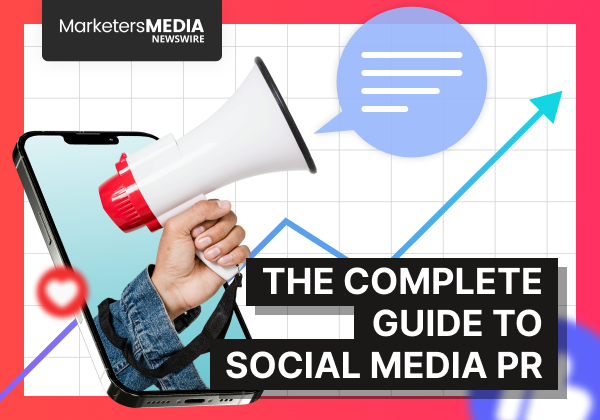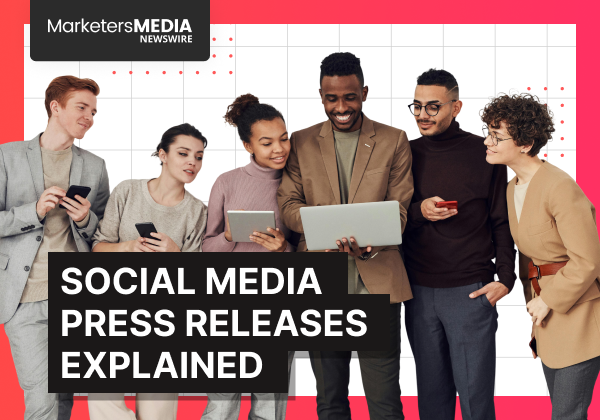People are already snapping photos, writing reviews, and sharing stories about their experiences—content that feels authentic and sparks conversations others trust.
With 84% of consumers trusting online reviews as much as personal recommendations from friends, brands are learning to turn customer voices into their most valuable marketing asset.
Ready to transform your content strategy? Here’s what you need to know about UGC and how to make it work for your business.
What Exactly is User-Generated Content?
In simple terms, user-generated content (UGC) is anything customers create about your brand—photos, videos, reviews, social posts, even software modifications. The difference is that they’re creating it because they want to, not because they’re paid.
The Three Pillars of Authentic UGC

Authentic UGC is built on three characteristics:
- It's accessible - shared publicly on social platforms, websites, or communities where others can see it.
- It shows creative effort - adds original perspective or value, not just reposted content.
- It comes from genuine customers - created without payment or commercial expectations, based on real experiences with certain brands.
This combination creates something marketers spend heavily trying to replicate: trust.
The UGC Landscape
UGC comes in different forms, each offering its own mix of authenticity, control, and reach:
- True UGC - organic content from customers sharing real experiences without compensation.
- Creator-generated content (CGC) - involves hiring freelancers to create brand-directed content that mimics UGC.
- Influencer content - sponsored posts from individuals with large followings that extend brand visibility.
Recognizing these categories helps brands choose the approach that best fits their goals and audience.
Types of UGC That Drive Results
Not all UGC has the same impact—some formats consistently perform better at building trust and driving action.
Customer Reviews and Text Posts
Reviews, comments, and social media updates provide unfiltered feedback influences buying decisions. A thoughtful paragraph about fit, ease of use, or service often carries more weight than a polished brand messaging.
Photos
Seeing a product in everyday settings makes it easier for buyers to imagine it in their own lives. A snapshot of furniture in someone’s living room, or a photo of a meal prepared at home, helps bridge the gap between marketing imagery and real-world use.
Video Content
Unboxing videos, tutorials, and testimonials show products in action. A short clip showing how an item is assembled or how it performs under normal conditions reassure viewers about its quality and usability.
Collectively, these content types succeed by replacing polished claims with relatable proof.
Go From 'Overlooked' to 'In-Demand'
Find out what’s blocking your PR success—and how to change it fast.



Why UGC Transforms Your Marketing
User-generated content transforms marketing by providing authentic proof that traditional advertising often lacks.
- Trust That Money Can't Buy: Most consumers trust online reviews as much as personal recommendations.
- Community That Keeps Growing: Customers who engage with UGC are 97% more likely to become repeat buyers.
- Marketing Budgets That Stretch Further: Commissioned UGC averages $212 per piece, compared to $45,000 for a single top influencer post.
- Market Research That Never Stops: Every review, comment, and post provides continuous insight into customer needs.
Together, these factors demonstrate what makes UGC a driver of trust, loyalty, and long-term growth.
UGC Curation and Management
With UGC flowing in, the key challenge becomes finding valuable content that reflects your brand.
Finding Content Worth Sharing
Start with social listening.
Monitor mentions, hashtags, and industry discussions to spot content worth amplifying. Sometimes the best approach is the simplest: ask customers directly through post-purchase emails or website calls-to-action.
Create branded hashtags like #MyCalvins or #GoPro to make content discovery effortless while encouraging participation.
Keeping Quality High
Volume creates new problems that need smart solutions.
Use a hybrid approach: automated tools catch obvious issues like profanity or spam, while human moderators handle nuanced decisions requiring context and cultural understanding.
Set clear guidelines upfront. Research shows 53% of users actually prefer specific directions on what to create, making both moderation easier and content more brand-aligned.
Protecting Your Brand and Customers
UGC comes with legal responsibilities you can't ignore.
Always get explicit permission before using customer content in marketing. Credit original creators when reposting. If content includes identifiable people, secure their permission too. One misstep here can destroy the trust you've worked to build.
When you manage it with care, you get content that feels authentic, looks great, and keeps your brand out of trouble.
Examples of Successful UGC
Fashion Forward: Glossier
When launching its Mega Greens Galaxy Mask, Glossier encouraged customers to share selfies with the hashtag #maskforce. The beauty brand actively reposted customer content across their social channels, creating a community-driven launch campaign.
The Results: Thousands of users participated in the campaign and the reposted selfies served as genuine testimonials, showing real people enjoying the product experience.
Tech Success Stories: GoPro
GoPro built their entire marketing strategy around customer-created content using the hashtag #GoPro and launched initiatives like awarding 55 creators a share of $1 million for submitting their best footage.
The Results: This approach created an endless stream of high-quality, engaging content that simultaneously functions as product testimonials and advertisements.
Gaming Communities: Fortnite & Minecraft

Both platforms built thriving communities around in-game user-generated content, allowing players to create custom maps, mods, and skins. They provided tools and platforms for players to contribute directly to the game experience.
The Results: This strategy extends the games' lifespan, keeps experiences fresh, and fosters loyal communities that sustain long-term engagement.
Travel & Hospitality: The Ritz-Carlton
The luxury hotel chain encourages guests to share their experiences using the hashtag #RCMemories. They actively monitor and reshare guest photos and stories across their social media channels, giving customers recognition and exposure.
The Results: This simple call-to-action provides the hotel with a continuous stream of authentic content while making customers feel valued and heard.
Final Thoughts
UGC strategies work best when they begin with organic monitoring, evolve into structured campaigns, and expand through creator partnerships, all while maintaining the authenticity that inspires customers to share.
To take it further, you can showcase your UGC success stories through MarketersMEDIA Newswire, reaching industry publications and customers who value genuine brand stories.
Your customers are already creating content about your brand. The only question is whether you're ready to turn their voices into your competitive advantage.
Free Press Release Template
Tell us where to send your PDF:







